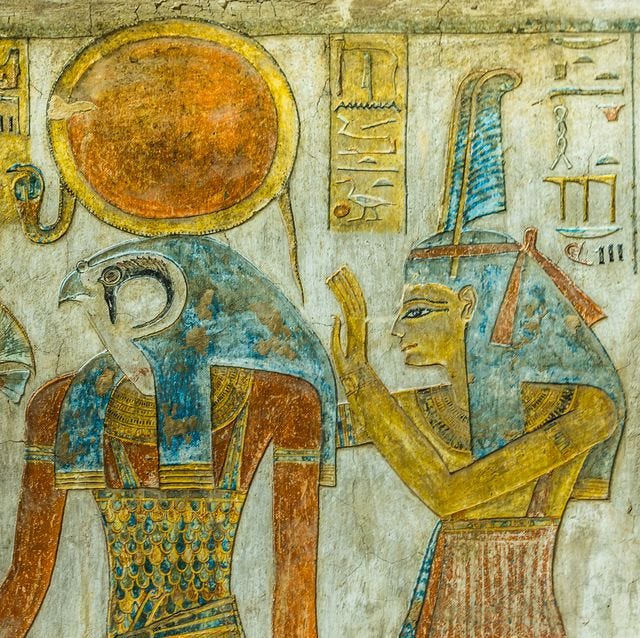A 3,500-year-old Egyptian settlement found under ancient Greek City
Latest News
Reported by Popular Mechanics:
On an Egyptian desert rock ridge west of Alexandria and between the Mediterranean sea and Lake Mariout is Kom el-Nugus, an archaeological site named for a mound roughly in the shape of a horseshoe, or kom, in the midst of ancient ruins surrounded by fig orchards.
The kom appeared unassuming. Most relics found there until now were from a long-abandoned Greek necropolis and lakeside town from the time of Alexander the Great. What emerged when archaeologists dug deeper was a whole other city, one that was already ancient when Alexander arrived in Egypt.
It turned out that a 3,500-year-old settlement from Egypt’s New Kingdom had been lying beneath the Hellenistic ruins for thousands of years. The New Kingdom was the height of Egypt’s splendor in antiquity. It gave birth to legendary 18th and 19th Dynasty pharaohs such as Tutankhamun (nobody wanted to speak of his heretic father Akhenaten), Seti I and Rameses II. It is thought to have been built over around 332 B.C., when the Egyptians willingly allowed Alexander’s forces in to liberate them from oppressive Persian rule, and was occupied by Greeks for several hundred years.
“Towards the interior, the curious shape of the kom has long puzzled visitors, and the steep inward slope from the top of the hill to the centre has defied easy explanation,” Sylvain Dhennin of the University of Lyon in France, who led the team of archeologists in unearthing the lost settlement, said in a study recently published in Antiquity.
In the middle of the Kom are the remains of a Hellenistic monument that is probably a temple, carved out of calcarenite, a type of limestone. Hardly anything is left except its crumbling foundations. Dhennin thinks the proportions of the building, along with some telltale inscriptions, set it apart as a temple. Parts of it were eventually plundered.
Some New Kingdom artifacts that have surfaced at the kom hint at the splendor of what was also known as Egypt’s Golden Age. An amphora stamped with the name Meritaten dated back to the 18th Dynasty, from 1550 to 1292 B.C., since Meritaten Tasherit or Meritaten the Younger is known to be the eldest daughter of Akhenaten and Nefertiti. Wine was often stored in amphoras, and a grape crusher discovered at the site suggests that the ancient settlement had something to do with the production of wine. Dhennin thinks the stamp with Meritaten’s name means that the wine belonged to a royal estate.
Read more here.



